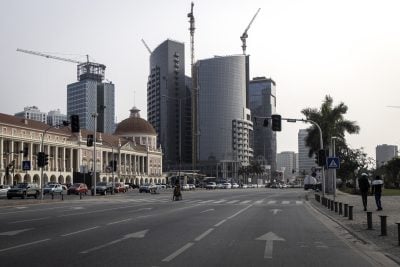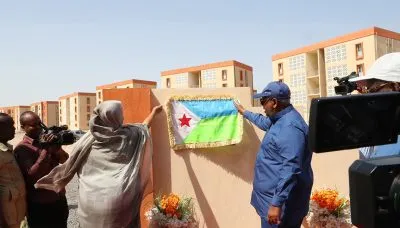Garment manufacturer
Parallel to increased demand for international labels in Kenya – be it in malls, exhibition halls or on Facebook – the country is emerging as a manufacturing destination for big brands.
In January, Hennes & Mauritz (H&M), the world’s second-largest fashion retailer, announced plans to open a manufacturing plant in Kenya to cater for increasing demand for its clothing on the continent. The Kenya plant will supplement production in its 800 factories in Europe and Asia. The Swedish multinational, which has 3,000 stores in 53 countries across the world, has a presence in Egypt and plans to open stores in South Africa next year.
What H&M is proposing is not a novel idea for Kenya, however. Companies like Alltex at the Athi River Export Processing Zone (EPZ) and Kapric Apparels at the Mombasa EPZ have been operating under a similar model for over 10 years.
Alltex, for instance, is a garment maker under the Aga Khan Fund for Economic Development. It runs a 160,000 square feet warehouse that manufactures clothing for Levi Strauss, American clothing company PVH, Van Heusen, Arrow and global fast food chain McDonald’s among others. Their website estimates their annual turnover at $40m.
The idea of outsourcing garment manufacturing to Kenya was popularised after the signing of the African Growth and Opportunity Act in 2000, which attempted to revive the local textile sector by encouraging exports to the US. Only 15 mills are currently operational in Kenya at a capacity of between 30% and 45%, compared to a peak of 52 mills in 1984, according to the African Cotton & Textile Industries Federation and so H&M’s decision to outsource part of its operations to Kenya is hoped to benefit local textile manufacturers who have been hit hard by cheap imports from Asia and second-hand clothing.
And so as Kenya’s middle class eagerly searches for the latest clothing trends, the warehouses that are manufacturing the highly sought-after designs are setting up base just down the road.
Want to continue reading? Subscribe today.
You've read all your free articles for this month! Subscribe now to enjoy full access to our content.
Digital Monthly
£8.00 / month
Receive full unlimited access to our articles, opinions, podcasts and more.
Digital Yearly
£70.00 / year
Our best value offer - save £26 and gain access to all of our digital content for an entire year!
 Sign in with Google
Sign in with Google 


